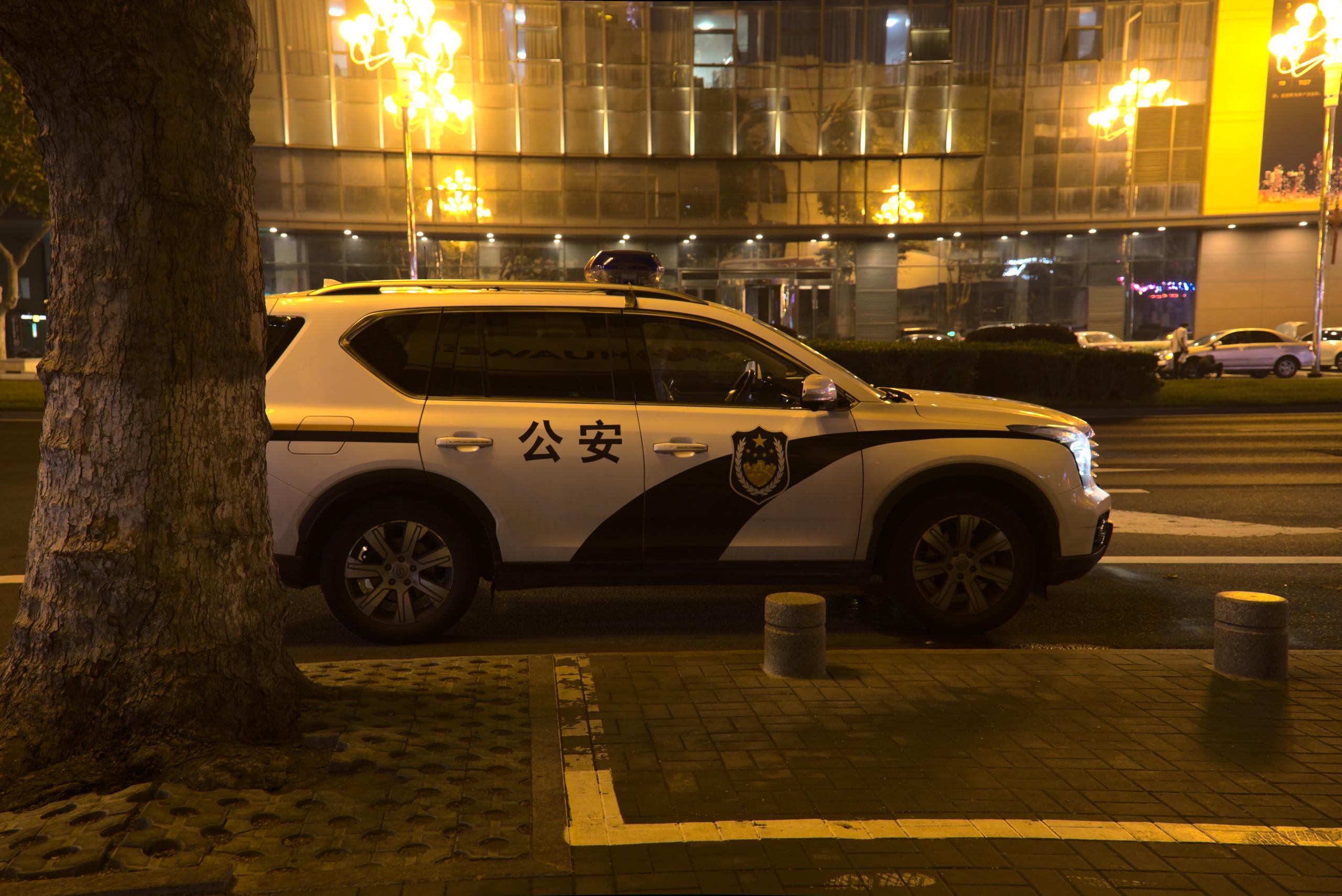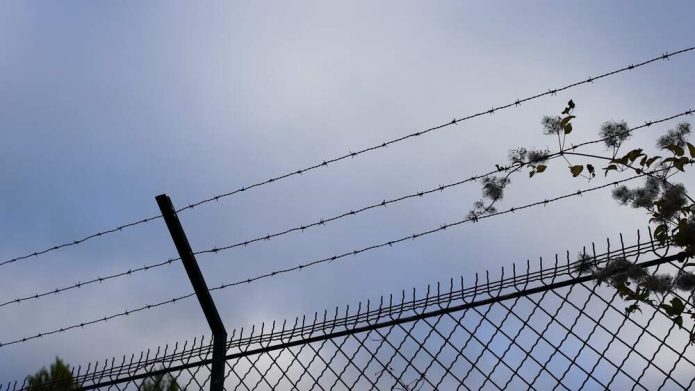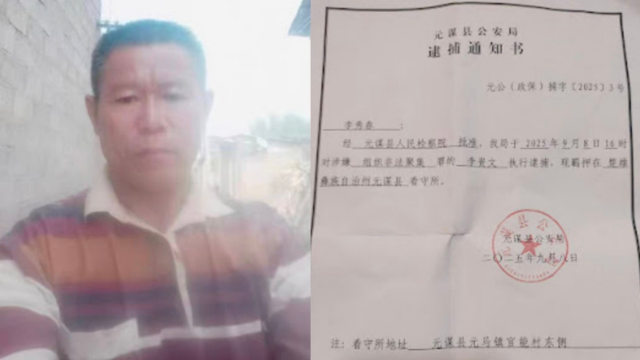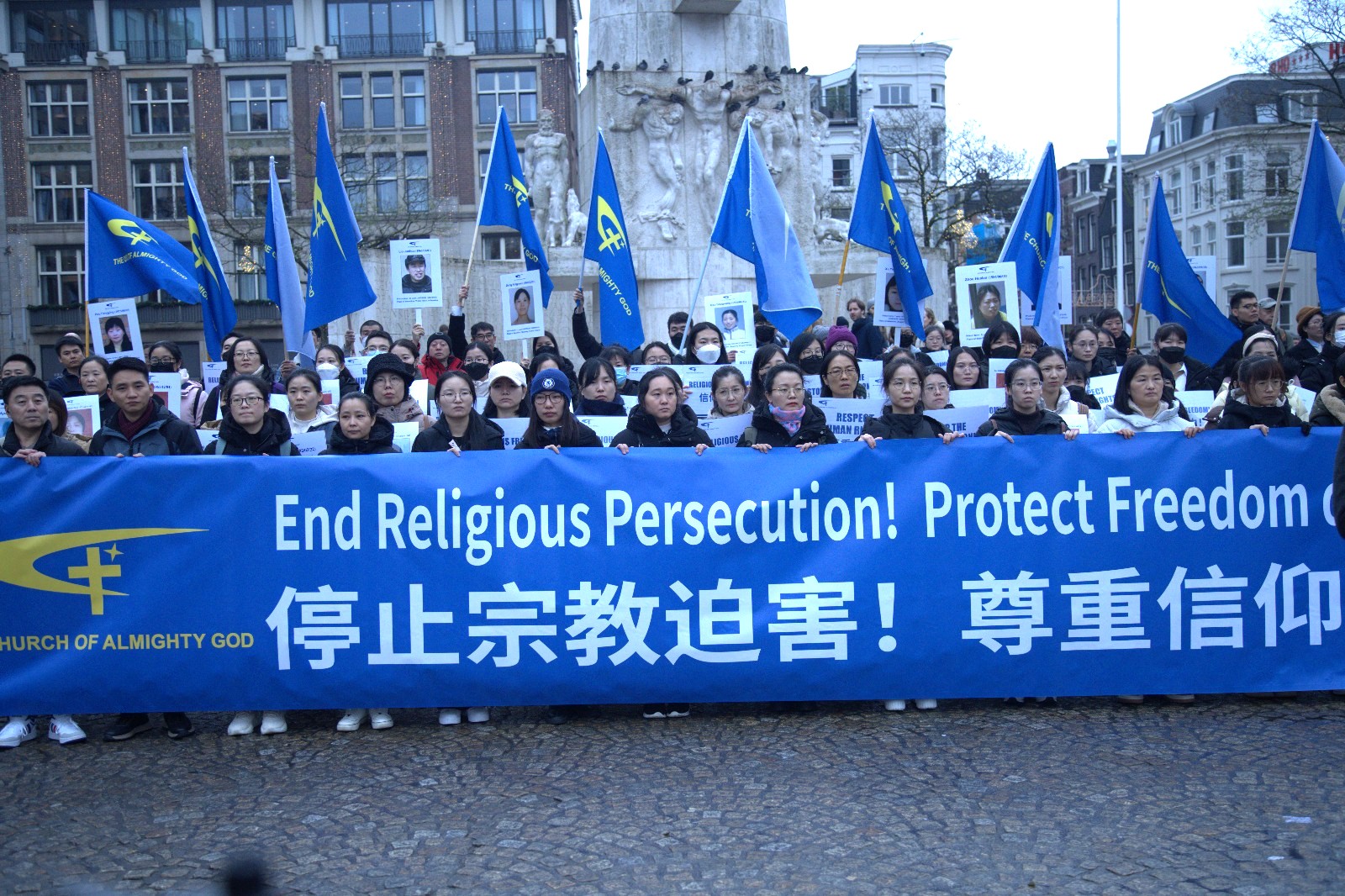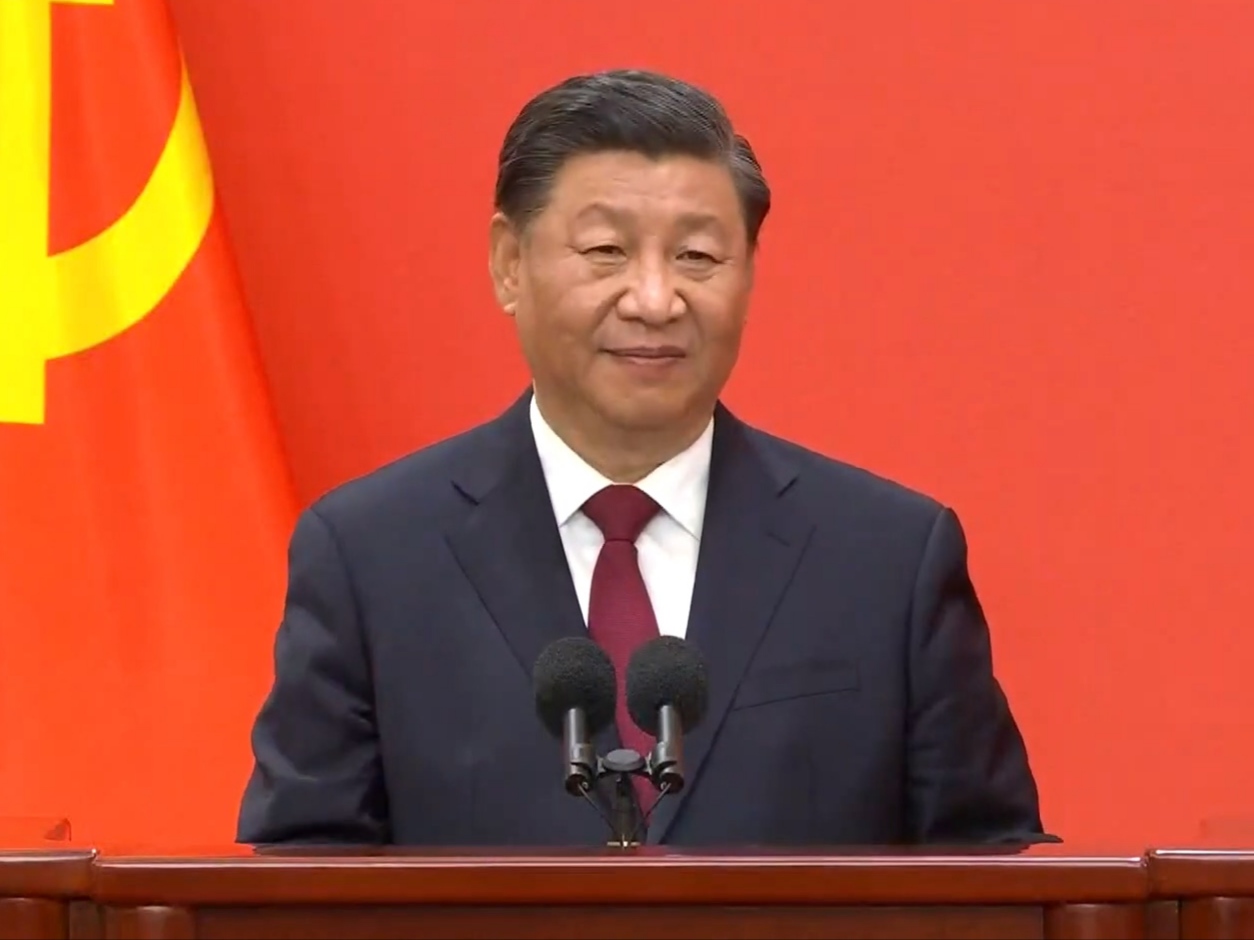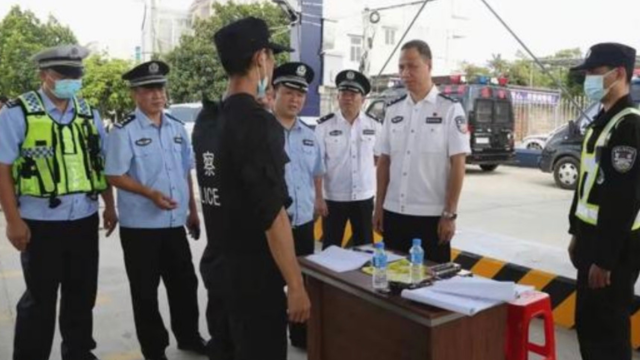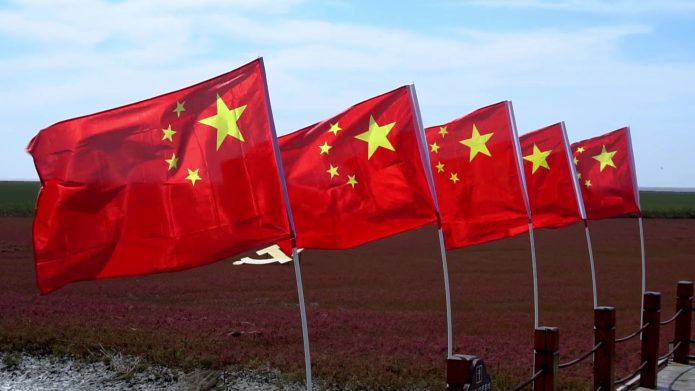As coronavirus spreads to the martyred region, the CCP claims again, falsely, that all inmates have been released and the epidemics is under control there. It isn’t.
by Ruth Ingram

Good news! Internment camp inmates are in absolutely no danger of contracting the coronavirus. Why? Because they have all “graduated” and are now free. So says Ilijan Anayt, spokesman for the Xinjiang government, speaking at a press conference last weekend in the regional capital Urumqi.
Pulling out all the stops to dispel Uyghur diaspora fears that so-called “Vocational trainees,” aka transformation through education camps inmates, might be sitting targets for the deadly virus, Beijing’s latest revelation can only be interpreted as another desperate attempt at damage limitation following the leak of the “Karakax list,” a document detailing the whys and wherefores of the internment of a sample of 311 Uyghurs in the south of Xinjiang.
Uyghur diaspora around the world are not convinced by the feel good version of the fate of millions of their countrymen, who they say are sitting targets, as the incidence of those falling prey to the virus is ratcheted up daily. Reassurances that their relatives are safe and sound have fallen on the deaf ears of those who are frantic about the welfare of their interned families. Stories abounding of malnutrition, overcrowding, torture and even rape coming out of the camps paint a picture of hundreds of thousands of unwitting prisoners waiting to be picked off by a virus that specializes in targeting the weak and vulnerable.
All contact with the homeland has been lost since 2017 since the draconian hand of Chen Quanguo slammed the airways closed. There are certainly no signs that most detainees of the so-called voluntary “Vocational training schools” have been released. And of those fortunate enough to be freed, a large number appear merely to have “graduated” from one regime and entered another of slavery in factories, crammed into dormitories, churning out clothes and mobile phones for world markets.
Lashing out at mainstream media which has attacked China’s handling of the epidemic, the China Daily has branded reports from the New York Times, Foreign Policy and China Uncensored as “anti-China garbage.” Beijing has simultaneously launched a dirty war against Adrian Zenz, the researcher who has meticulously recorded the emergence of the camps since their inauguration back in 2016. It has branded him “an anti-China scholar,” and praised the work of two Grayzone journalists who have launched vicious side swipes on his academic integrity and poked fun at his personal religious faith.
The government of Xinjiang in its preoccupation to stem the flow of bad news escaping from the area, has placed the entire region on media lockdown declaring all information concerning the province a state secret. All but carefully choreographed bulletins seep out from time to time to offer platitudes about the state of play.
Rumors that numbers of sick from the virus in Xinjiang were being underplayed to avoid more scandals about the camps, have been decisively quelled by an official from China’s Xinjiang Uygur Autonomous Region, who has slammed accusations and strongly condemned the ‘groundless” reports.
Elijan Anayit, spokesperson for the Information Office of the People’s Government of Xinjiang, speaking at a press conference in Urumqi last Saturday condemned the “frightening misinformation” being spread by the “East Turkestan” forces overseas, at a press conference in Urumqi.
Speculation that “Xinjiang’s vocational education and training centers” were hotbeds of coronavirus dissemination or that the “Chinese government could use the novel coronavirus to wipe out the one million [in fact, more] Muslims interned in the concentration camps,” were nonsense, he said.
“Since the outbreak of the coronavirus, Xinjiang has been firmly implementing the decisions and deployments on epidemic prevention and control by the CPC Central Committee, and putting the safety and health of people of all ethnic groups as a priority,” Anayit told reporters.
As of Friday midnight, Xinjiang “had 76 confirmed cases of COVID-19, among which two were fatal. Twenty-four patients have recovered so far,” he was quick to reassure the world.
A small clue to the hasty cobbling together of Beijing’s own brand of fake news, was in the photograph used to illustrate Anayit’s diatribe. Elderly Uyghurs are seen sitting happily over bowls of tea with not a care in the world, and described in the caption as “People sitting together at home in Xinjiang Uygur Autonomous Region.”
Lay readers of the story would not have spotted that this shot was in fact taken inside a famous tea house in Kashgar, where old men have gathered for at least a hundred years to while away their days. It has no relevance to the story and is a lie.
The CCP relies on the region being a little known area of the world, with few on the ground having witnessed recent events. It forgets there are those who have seen the atrocities unfurl before their very own eyes and that there are those who have experienced some of the horrors for themselves. And will never forget.
Claims by the Global Times that the Karakax files are “over hyped,” and by Mehmutjan Umarjan, head of Moyu county (the county in question ), that “East Turkestan forces fabricated the list to separate Xinjiang from the country,” are indicative of a CCP that has found itself backed into a corner with nowhere to run. The Global Times assertion that the transformation through education camps are part of a strategy for combating terrorism and extremism and that all anti-terrorism efforts are conducted according to the law hold very little water in the face of mounting evidence to the contrary.
Most China watchers find these claims less than reassuring, and anxious relatives of the disappeared wait in agony, hoping the plague will run its course.
Source: Bitter Winter



